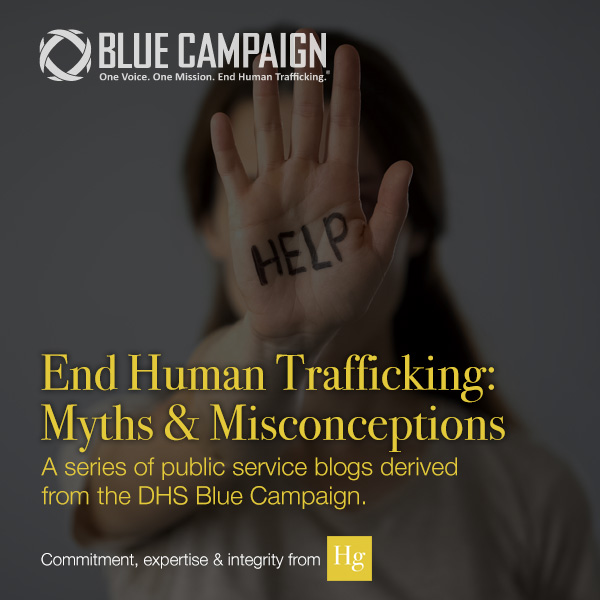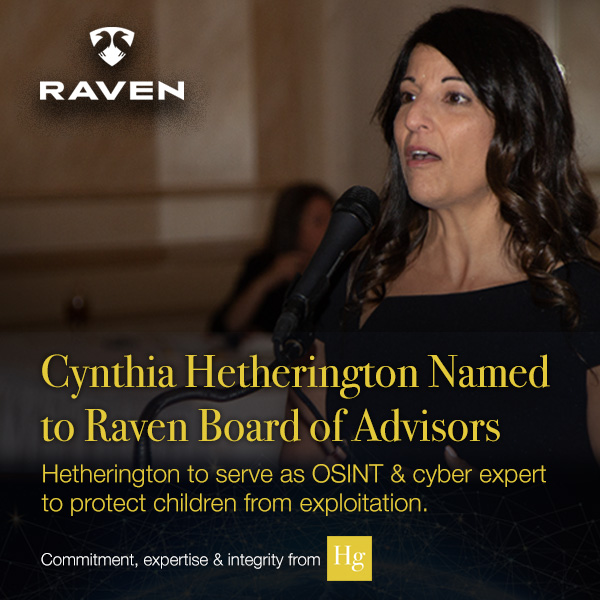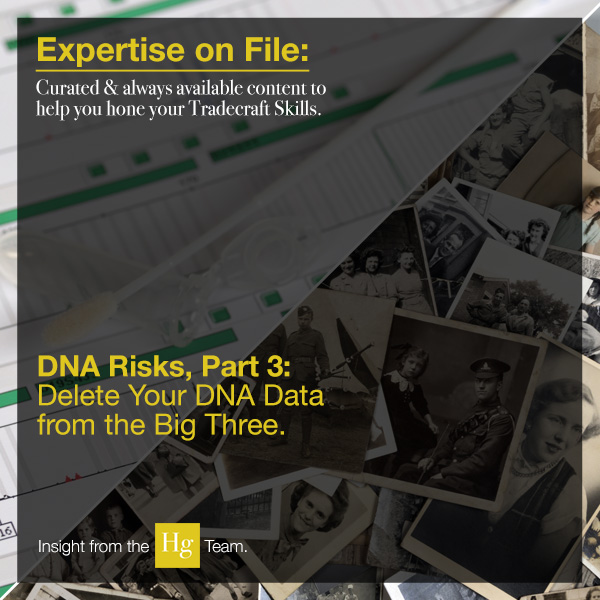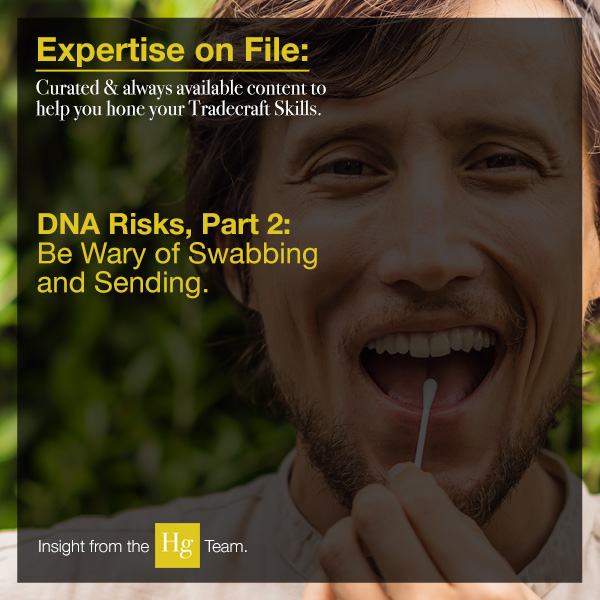
Cynthia Hetherington, founder and President of Hetherington Group (Hg), serves on the Raven Board of Advisors as a subject matter expert in open source (OSINT) and cyber investigations. In her commitment to Raven’s mission to transform the United States’ response to child exploitation, Hg is issuing a series of public service blogs derived from the Department of Homeland Security’s Blue Campaign.
The Blue Campaign is a national public awareness campaign designed to educate the public, law enforcement, and other industry partners to recognize the indicators of human trafficking, and how to appropriately respond to possible cases.
Fact: Human trafficking exists in every country, including the United States. It exists nationwide—in cities, suburbs, and rural towns—and possibly in your own community.
Fact: Human trafficking victims can be any age, race, gender, or nationality. They may come from any socioeconomic group. A socioeconomic group is the social standing or class of an individual or group. It is often measured as a combination of education, income and occupation.
Fact: Sex trafficking exists, but it is not the only type of human trafficking. Forced labor is another type of human trafficking; both involve exploitation of people. Victims are found in legitimate and illegitimate labor industries, including sweatshops, massage parlors, agriculture, restaurants, hotels, and domestic service.
Fact: Under U.S. federal law, any minor under the age of 18 who is induced to perform commercial sex acts is a victim of human trafficking, regardless of whether he or she is forced or coerced.
Fact: Human trafficking is not the same as smuggling. “Trafficking” is based on exploitation and does not require movement across borders. “Smuggling” is based on movement and involves moving a person across a country’s border with that person’s consent in violation of immigration laws. Although human smuggling is very different from human trafficking, human smuggling can turn into trafficking if the smuggler uses force, fraud, or coercion to hold people against their will for the purposes of labor or sexual exploitation. Under federal law, every minor induced to engage in commercial sex is a victim of human trafficking.
Fact: Human trafficking is often a hidden crime. Victims may be afraid to come forward and get help; they may be forced or coerced through threats or violence; they may fear retribution from traffickers, including danger to their families; and they may not be in possession of or have control of their identification documents.
This information is provided by the U.S. Department of Homeland Security: https://www.dhs.gov/blue-campaign/myths-and-misconceptions



